Home>Furniture & Design>Interior Design Trends>How To Plan Your Home Decor
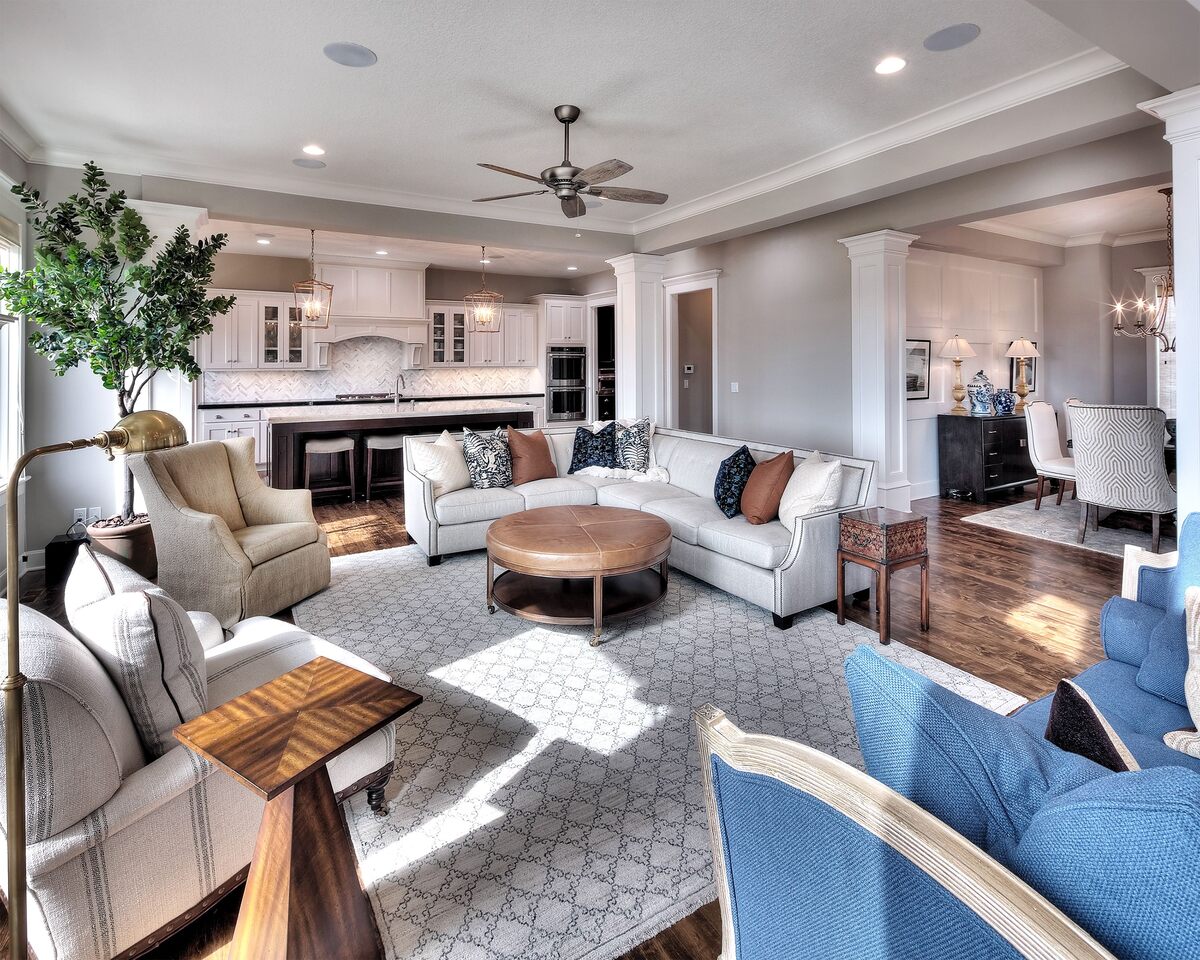

Interior Design Trends
How To Plan Your Home Decor
Modified: January 5, 2024
Discover the latest interior design trends and learn how to plan your home decor with expert tips and inspiration. Create a stylish and functional living space with our comprehensive guide.
(Many of the links in this article redirect to a specific reviewed product. Your purchase of these products through affiliate links helps to generate commission for Storables.com, at no extra cost. Learn more)
Introduction
So, you’ve decided it’s time to give your home a fresh new look. Whether you’re moving into a new place or simply craving a change, planning your home decor can be an exciting yet daunting task. The key to achieving a stunning and functional living space lies in thoughtful planning and careful consideration of various elements. From assessing your space and setting a budget to selecting a style and color scheme, every step plays a crucial role in bringing your vision to life.
In this comprehensive guide, we’ll explore the essential aspects of planning your home decor, covering everything from furniture and layout to lighting, accessories, and art. By the end of this journey, you’ll be equipped with the knowledge and inspiration needed to transform your home into a personalized sanctuary that reflects your unique style and personality. Let’s dive into the exciting world of interior design and embark on this creative adventure together!
Key Takeaways:
- Plan your home decor by assessing your space, setting a budget, choosing a style, and selecting color schemes to create a personalized sanctuary that reflects your unique taste and lifestyle.
- Transform your living spaces into inviting havens by curating furniture, optimizing lighting, and incorporating accessories and art that infuse warmth, character, and visual intrigue.
Assessing Your Space
Before diving into the realm of home decor, it’s crucial to assess your space with a keen eye for detail. Take a step back and observe the layout of each room, considering the architectural features, natural lighting, and existing furniture. Understanding the dimensions and flow of your space will guide you in making informed decisions as you plan the decor.
Begin by evaluating the functionality of each room. Consider how you currently utilize the space and envision any desired changes. For instance, if you’re revamping your living room, think about the activities that take place there, such as entertaining guests, relaxing with family, or enjoying hobbies. This assessment will help you prioritize the elements that are most important for creating a practical and inviting environment.
Furthermore, take note of any architectural focal points, such as fireplaces, windows, or alcoves, as these can serve as natural anchors for arranging furniture and adding decorative accents. Pay attention to the traffic flow within each room, ensuring that there’s ample space for movement and that the furniture placement promotes a harmonious balance.
Additionally, consider the natural lighting in your home. Take note of the direction and intensity of sunlight at different times of the day. This will influence your choice of window treatments and help you determine the best locations for certain activities, such as reading nooks or workspaces.
Lastly, assess the existing furniture and decor. Determine which pieces you’d like to keep, which ones need updating or repositioning, and which items no longer align with your vision for the space. This evaluation will lay the groundwork for the next steps in your home decor planning process, setting the stage for a seamless and cohesive transformation.
Setting a Budget
When embarking on a home decor project, establishing a realistic budget is a fundamental step that will shape the scope of your design journey. A well-defined budget not only serves as a financial roadmap but also empowers you to make informed decisions and prioritize expenditures based on your preferences and needs.
To begin, take an inventory of your current financial situation and determine the amount you’re willing to allocate for the decor project. Consider your overall financial goals and ensure that the proposed budget aligns with your long-term plans. It’s essential to strike a balance between your aspirations for the space and the financial resources at your disposal.
Once you’ve outlined the total budget, allocate specific amounts to different aspects of the project, such as furniture, lighting, accessories, and any professional services you may require. Be sure to include a contingency fund for unexpected expenses or last-minute adjustments, allowing for flexibility within the budget.
As you plan, prioritize the key elements that will have the most significant impact on the overall aesthetic and functionality of your home. For example, investing in quality, versatile furniture pieces can set the tone for the entire space, while allocating a portion of the budget to lighting and decor accents can enhance the ambiance and visual appeal.
Furthermore, research the potential costs associated with your desired style and design preferences. Whether you’re drawn to minimalist elegance, rustic charm, or contemporary chic, understanding the typical price ranges for various decor elements will help you refine your budget and make informed choices during the selection process.
Throughout the planning stages, keep a detailed record of your expenses and compare them to the allocated budget. This will enable you to track your financial progress and make adjustments as needed, ensuring that your home decor project remains within the established financial boundaries.
By setting a clear and realistic budget, you can approach the home decor process with confidence, knowing that you’re making deliberate and financially sound decisions that align with your vision for a beautiful and functional living space.
Choosing a Style
One of the most exhilarating aspects of planning your home decor is the opportunity to define and refine your preferred style. Whether you’re drawn to the timeless allure of traditional design, the sleek sophistication of modern aesthetics, or the cozy charm of farmhouse decor, selecting a style sets the stage for a cohesive and harmonious living space.
Begin by exploring various design styles and identifying the ones that resonate with your personal taste and lifestyle. Delve into interior design magazines, websites, and social media platforms to gather inspiration and insights into different design movements. Pay attention to the key characteristics, color palettes, and furniture silhouettes associated with each style.
Consider the architectural elements of your home and how they can complement or be enhanced by your chosen style. For instance, if you reside in a contemporary urban apartment, you might gravitate towards a minimalist, mid-century modern aesthetic to accentuate the clean lines and open spaces. Conversely, if your home boasts rustic features such as exposed beams or natural stone, a farmhouse or eclectic style could seamlessly integrate with the existing architectural charm.
Furthermore, reflect on your lifestyle and the atmosphere you wish to create within your home. Are you drawn to the serene elegance of Scandinavian design, with its emphasis on light, natural textures, and functional simplicity? Or perhaps you envision a glamorous, art deco-inspired space that exudes opulence and sophistication. Your chosen style should reflect your personality and create an environment that resonates with your daily routines and preferences.
As you narrow down your options, consider creating a mood board or collage that encapsulates the essence of your desired style. Gather images of furniture, color schemes, textiles, and decor accents that embody the aesthetic you wish to achieve. This visual representation will serve as a guiding light throughout the decor planning process, ensuring that every decision aligns with your chosen style.
Ultimately, choosing a style is an opportunity to infuse your home with character and charm, creating a space that not only reflects your individuality but also provides a welcoming retreat for you and your loved ones to enjoy.
Selecting Color Schemes
Color is a powerful tool that can transform the ambiance and visual impact of your home decor. Selecting the right color schemes lays the foundation for a cohesive and harmonious living space, evoking emotions and setting the tone for each room. Whether you prefer serene neutrals, vibrant accent hues, or a combination of contrasting shades, the strategic use of color can elevate your home to new heights of aesthetic allure.
When delving into the realm of color schemes, consider the mood and atmosphere you wish to create within each room. Soft, muted tones such as pastel blues and pale greens can infuse a sense of tranquility and serenity, making them ideal for bedrooms and relaxation areas. In contrast, bold, energetic colors like fiery reds and vibrant yellows can inject vitality and dynamism into living spaces and social areas.
Furthermore, take into account the natural lighting and architectural features of each room. Rooms with ample natural light can accommodate a wider range of colors, while spaces with limited light may benefit from lighter, airier hues to create a sense of openness and brightness. Consider how the chosen color schemes will interact with the existing elements of the room, such as flooring, furniture, and decor accents, to ensure a harmonious visual balance.
Another approach to selecting color schemes involves exploring complementary and analogous color palettes. Complementary colors, such as blue and orange or purple and yellow, create a vibrant, dynamic contrast when used together, adding visual interest and depth to a room. On the other hand, analogous colors, such as various shades of green or blue, offer a harmonious, cohesive palette that fosters a sense of unity and flow.
As you narrow down your color options, consider experimenting with accent colors to add personality and flair to your decor. A pop of vibrant color in the form of throw pillows, artwork, or decorative accessories can enliven a space and infuse it with character without overwhelming the overall color scheme.
Ultimately, the process of selecting color schemes is an opportunity to express your individuality and create a captivating, personalized environment. By harnessing the emotive power of color, you can craft a home that not only delights the eyes but also nurtures the soul.
When planning your home decor, start by choosing a color scheme to create a cohesive look throughout your space. This will help guide your furniture and accessory choices.
Read more: How To Plan Your Ideal Staycation At Home
Furniture and Layout
When planning your home decor, the selection and arrangement of furniture play a pivotal role in shaping the functionality and visual appeal of each room. From choosing the right pieces to optimizing the layout for comfort and flow, the furniture arrangements within your home can transform spaces into inviting, functional havens that cater to your lifestyle and aesthetic preferences.
Begin by assessing the scale and proportions of your rooms to determine the appropriate size and style of furniture. Consider the dimensions of each space and aim to strike a balance between ample seating and sufficient open areas for movement. If you have a smaller living room, for example, opting for sleek, streamlined furniture with exposed legs can create an illusion of spaciousness, while in larger rooms, you have the flexibility to incorporate substantial, statement pieces that anchor the space.
Furthermore, consider the functionality of each room and the activities that will take place within it. For instance, in the living room, prioritize comfort and conversation by arranging seating in a way that encourages interaction and relaxation. In the dining area, ensure that the table and chairs facilitate easy movement and comfortable dining experiences for you and your guests.
As you select furniture pieces, pay attention to the cohesive visual flow and overall style you wish to achieve. Whether you prefer the classic elegance of traditional furniture, the clean lines of modern design, or the eclectic charm of bohemian decor, ensure that the chosen pieces harmonize with the style you’ve envisioned for your home.
Once you’ve curated your furniture selection, focus on optimizing the layout of each room. Experiment with different furniture arrangements to find the most functional and aesthetically pleasing configuration. Consider focal points such as fireplaces, scenic views, or architectural features, and arrange the furniture to complement and highlight these elements.
Additionally, embrace the art of space planning by creating designated zones within open-concept areas. Define distinct areas for lounging, dining, and work or study spaces, using furniture and area rugs to delineate each zone while maintaining a sense of visual continuity.
Ultimately, the process of selecting furniture and optimizing the layout is an opportunity to infuse your home with comfort, style, and functionality. By thoughtfully curating your furniture pieces and arranging them with care, you can create inviting, well-appointed spaces that reflect your unique personality and cater to your everyday needs.
Lighting
Lighting serves as a transformative element in home decor, illuminating the beauty of your space while enhancing its functionality and ambiance. Thoughtfully planned lighting arrangements can create a welcoming atmosphere, accentuate architectural features, and facilitate various activities within your home. From natural light to strategically placed fixtures, the interplay of light and shadow can breathe life into your living spaces.
Begin by harnessing natural light to its fullest potential. Maximize the flow of natural light by opting for sheer or translucent window treatments that allow sunlight to permeate the room, creating a bright and airy ambiance. Consider the positioning of furniture in relation to windows to ensure that natural light reaches all areas of the room, promoting a sense of openness and vitality.
Additionally, supplement natural light with well-planned artificial lighting to cater to different needs and moods throughout the day and evening. Layering various types of lighting, including ambient, task, and accent lighting, can enrich the visual depth and functionality of your home.
Ambient lighting, such as overhead fixtures or wall sconces, provides general illumination that establishes the overall brightness and mood of a room. Task lighting, including desk lamps, reading lights, and under-cabinet fixtures, targets specific areas to facilitate activities such as reading, cooking, or working. Meanwhile, accent lighting, such as track lights or picture lights, highlights focal points and adds a touch of drama to your decor by drawing attention to artwork, architectural details, or decorative elements.
When selecting light fixtures, consider their design and how they harmonize with your chosen decor style. Whether you prefer the understated elegance of minimalist fixtures or the ornate charm of vintage-inspired lighting, ensure that the fixtures complement the overall aesthetic of your home.
Furthermore, embrace the versatility of dimmer switches to modulate the intensity of artificial lighting, allowing you to create varying moods and atmospheres within your home. Soft, ambient lighting can foster a cozy, intimate ambiance in the evenings, while brighter illumination is ideal for tasks and social gatherings.
Ultimately, the art of lighting in home decor is about creating a harmonious balance between natural and artificial illumination, enhancing the visual appeal and functionality of your living spaces. By embracing the transformative power of light, you can infuse your home with warmth, character, and a captivating ambiance that invites comfort and delight.
Accessories and Art
Accessories and art play a pivotal role in elevating the visual allure and personal charm of your home decor. Thoughtfully curated decorative accents, from statement art pieces to intricately crafted accessories, infuse your living spaces with character, individuality, and a sense of curated sophistication. By embracing the art of accessorizing, you can add the finishing touches that breathe life and personality into your home.
When selecting accessories, consider the overall style and color palette of your home decor to ensure a cohesive and harmonious visual narrative. Whether you opt for sleek, modern accents, rustic and organic elements, or eclectic, globally inspired pieces, each accessory should contribute to the overall aesthetic while reflecting your personal taste and interests.
Artwork serves as a powerful means of self-expression and visual storytelling within your home. Whether you’re drawn to captivating paintings, evocative photography, or sculptural art pieces, the art you choose should resonate with you on an emotional level and complement the style and mood of the room. Consider creating a focal point with a striking statement piece or curating a gallery wall that showcases a diverse collection of artwork, adding depth and intrigue to your decor.
Furthermore, embrace the art of layering and styling to create visually compelling vignettes and arrangements with your accessories. Experiment with varying heights, textures, and groupings to create dynamic visual interest on shelves, mantels, and tabletops. Incorporate elements such as decorative vases, sculptural objects, and lush greenery to infuse your spaces with a sense of vitality and curated charm.
Textiles and soft furnishings also play a crucial role in accessorizing your home, adding comfort, warmth, and tactile appeal to your decor. Explore a diverse range of throw pillows, cozy blankets, and luxurious rugs that not only enhance the visual and tactile experience but also introduce layers of color, pattern, and texture to your living spaces.
Ultimately, the process of accessorizing and incorporating art into your home decor is an opportunity to infuse your living spaces with personal narratives, cherished memories, and visual intrigue. By curating a collection of accessories and art that resonates with your soul, you can create a home that not only reflects your unique personality but also captivates and inspires all who enter.
Conclusion
Congratulations! You’ve embarked on an inspiring journey to plan your home decor, delving into the multifaceted world of interior design and personal expression. By navigating the essential steps of assessing your space, setting a budget, choosing a style, selecting color schemes, curating furniture and layout, optimizing lighting, and incorporating accessories and art, you’ve laid the groundwork for transforming your living spaces into personalized sanctuaries that reflect your unique taste and lifestyle.
As you continue on this creative adventure, remember that the key to successful home decor lies in striking a harmonious balance between functionality and aesthetics. Each decision you make, from the color of a wall to the placement of a cherished art piece, contributes to the overall ambiance and visual narrative of your home.
Embrace the process of discovery and experimentation, allowing your creativity to guide you as you curate a home that speaks to your heart and soul. Whether you’re drawn to the timeless elegance of traditional design, the sleek minimalism of modern aesthetics, or the cozy charm of eclectic decor, your home is a canvas for self-expression and personal storytelling.
Throughout this journey, remain open to inspiration from various sources, whether it’s a captivating design trend, a cherished heirloom, or the beauty of nature. Let these influences weave into the tapestry of your home, infusing it with warmth, character, and a sense of curated sophistication.
Lastly, remember that the process of planning your home decor is a reflection of your individuality and a celebration of the life you lead within your living spaces. With each thoughtful decision and curated detail, you’re crafting an environment that nurtures your spirit and welcomes those you hold dear.
As you continue to refine and evolve your home decor, may your living spaces become a reflection of your aspirations, a haven of comfort, and a gallery of cherished memories. Embrace the transformative power of design and the joy of creating a home that is uniquely yours.
Frequently Asked Questions about How To Plan Your Home Decor
Was this page helpful?
At Storables.com, we guarantee accurate and reliable information. Our content, validated by Expert Board Contributors, is crafted following stringent Editorial Policies. We're committed to providing you with well-researched, expert-backed insights for all your informational needs.
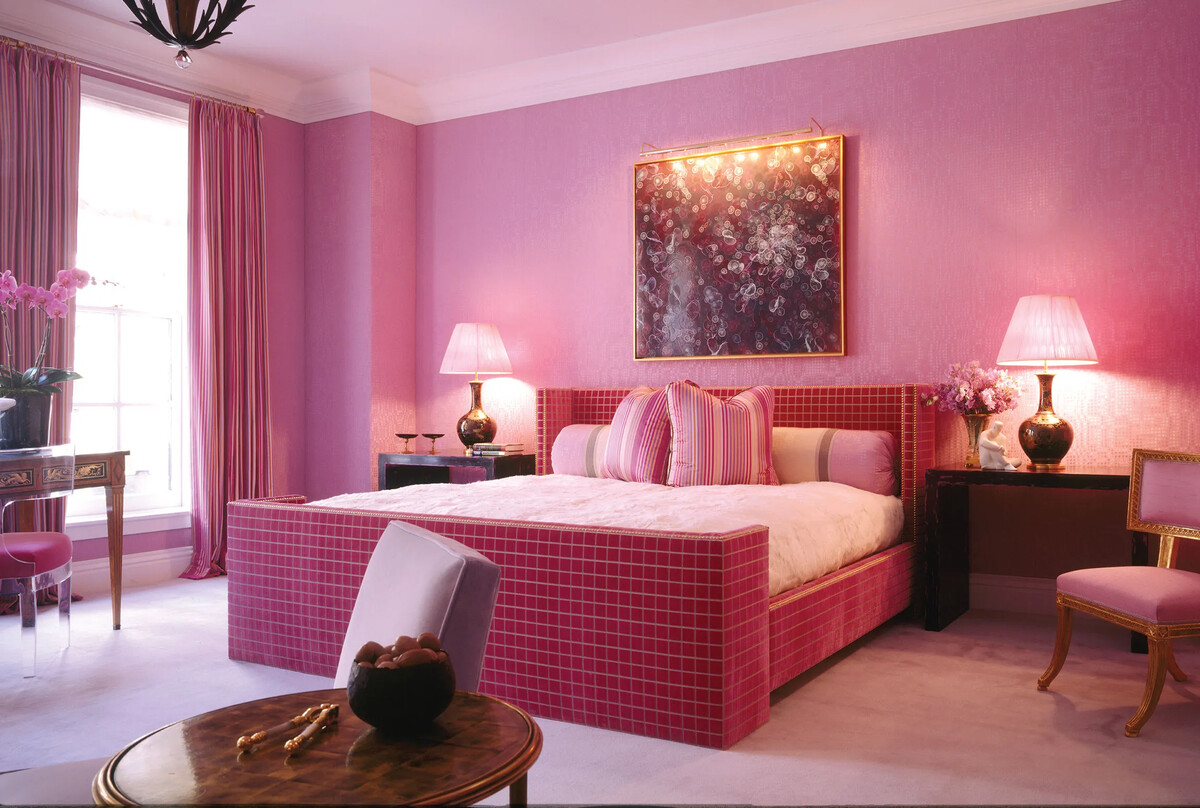
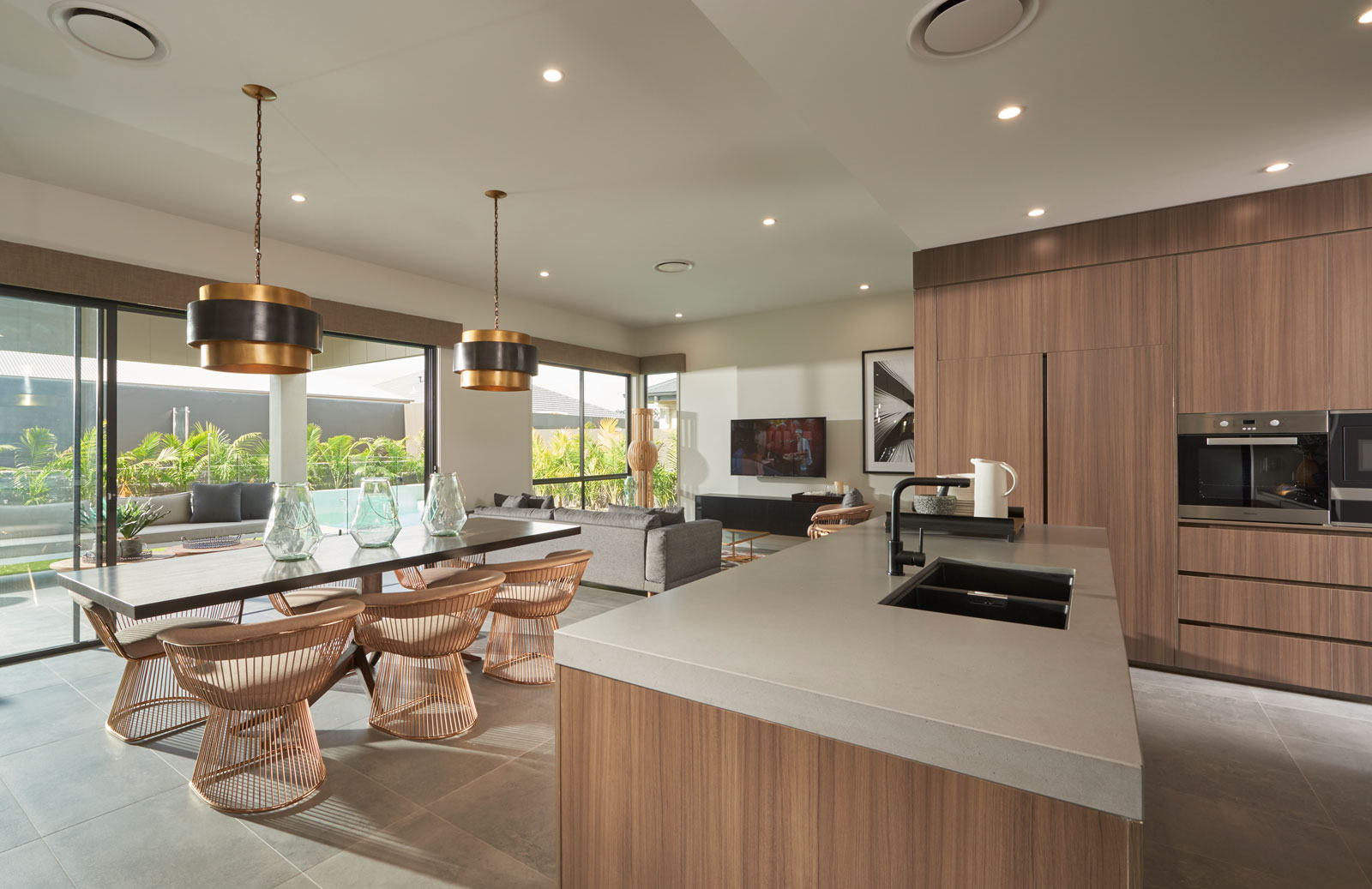
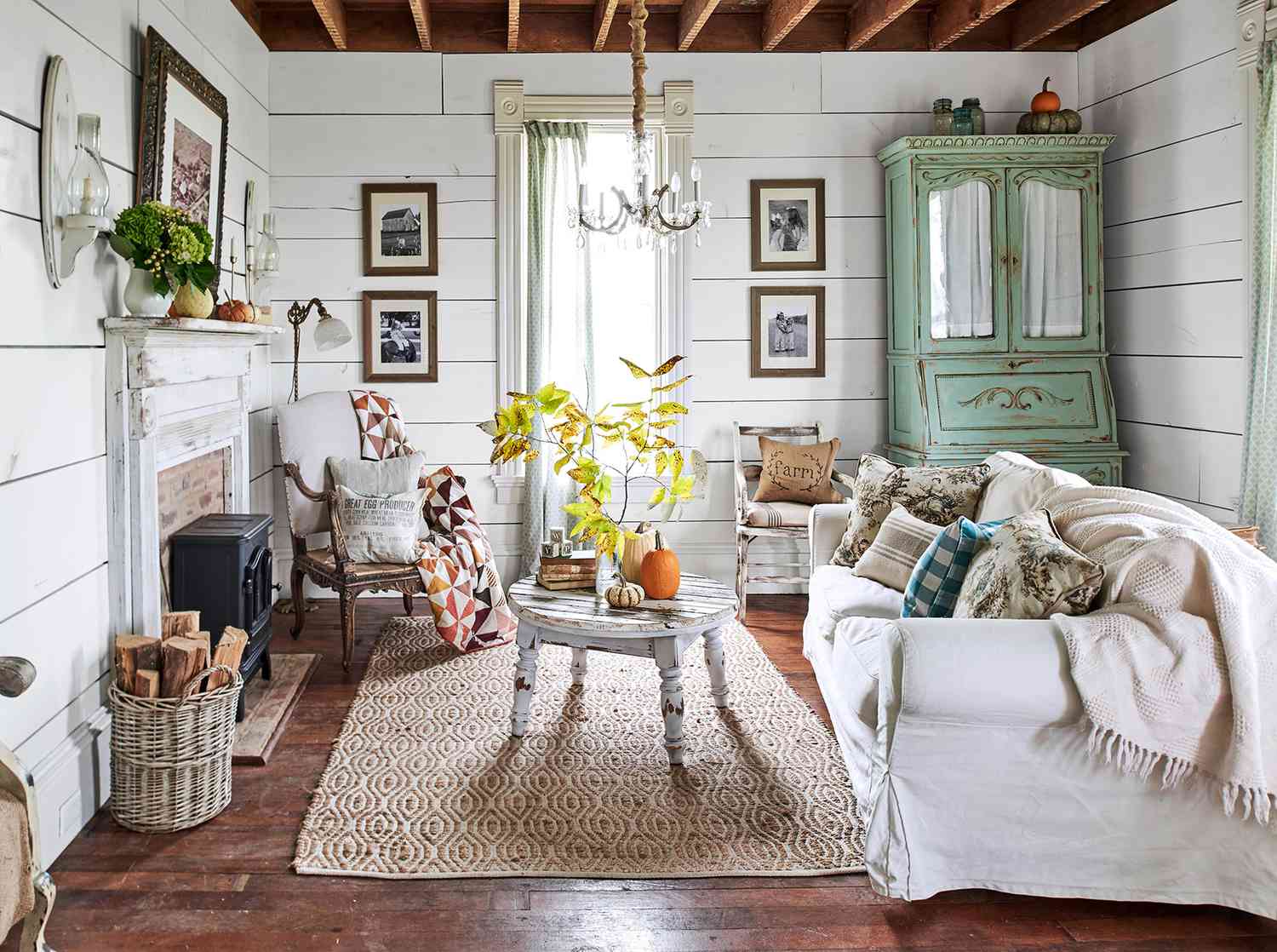

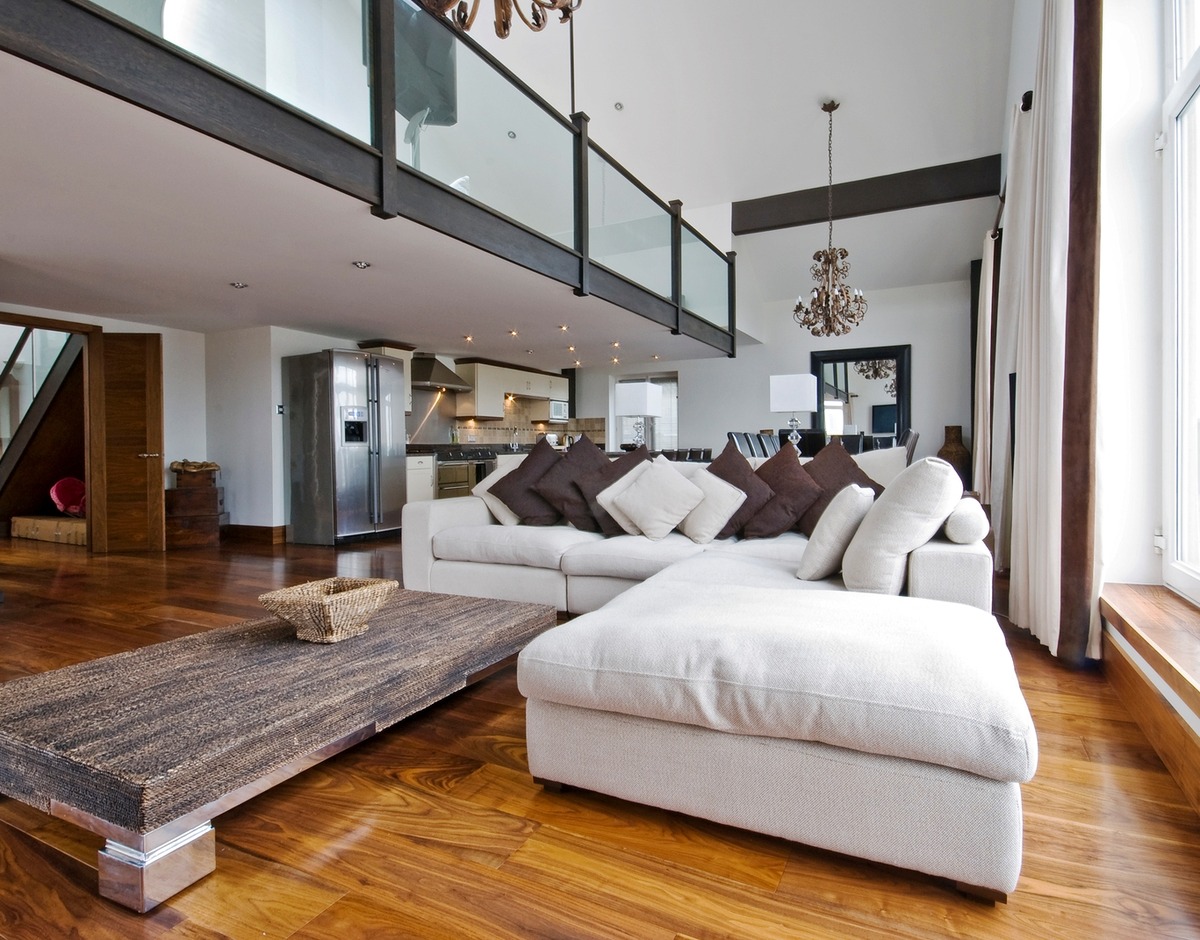
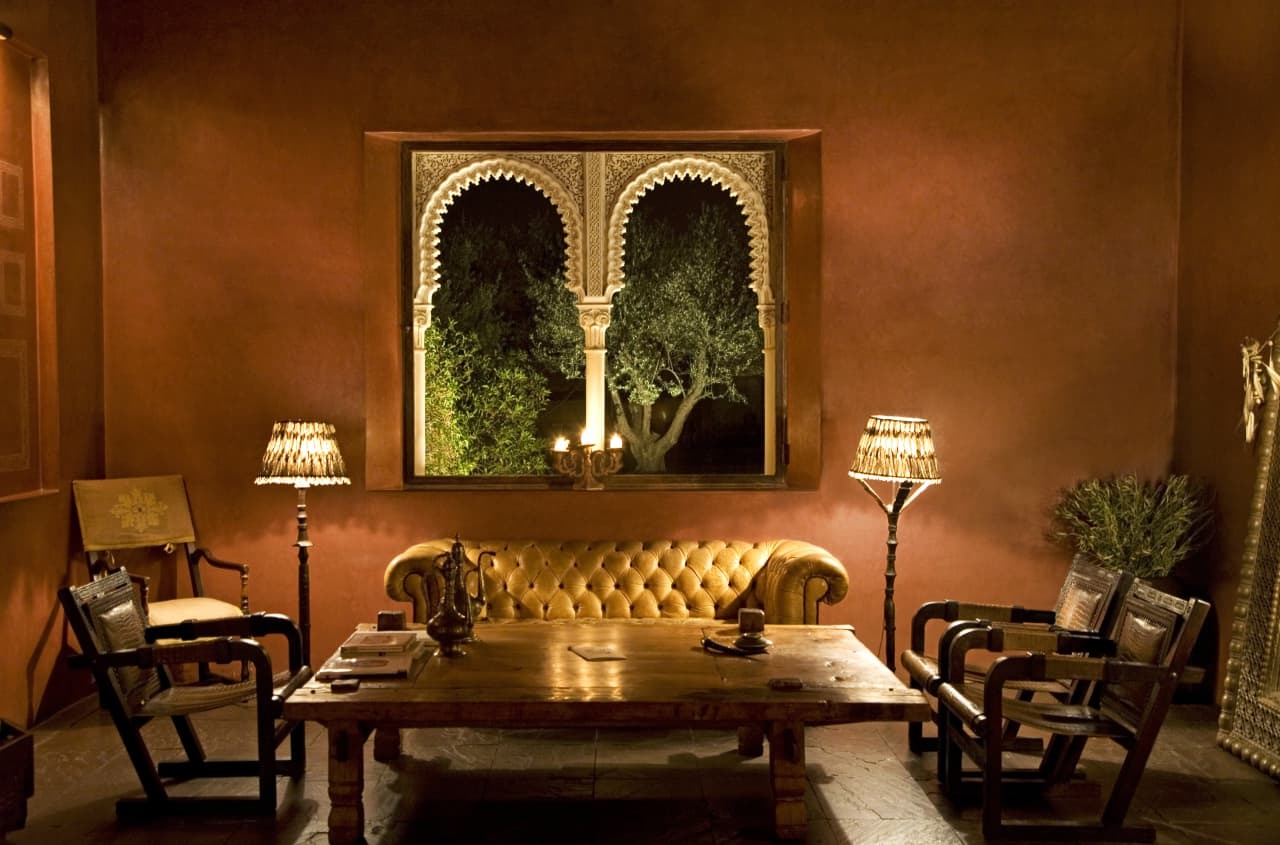
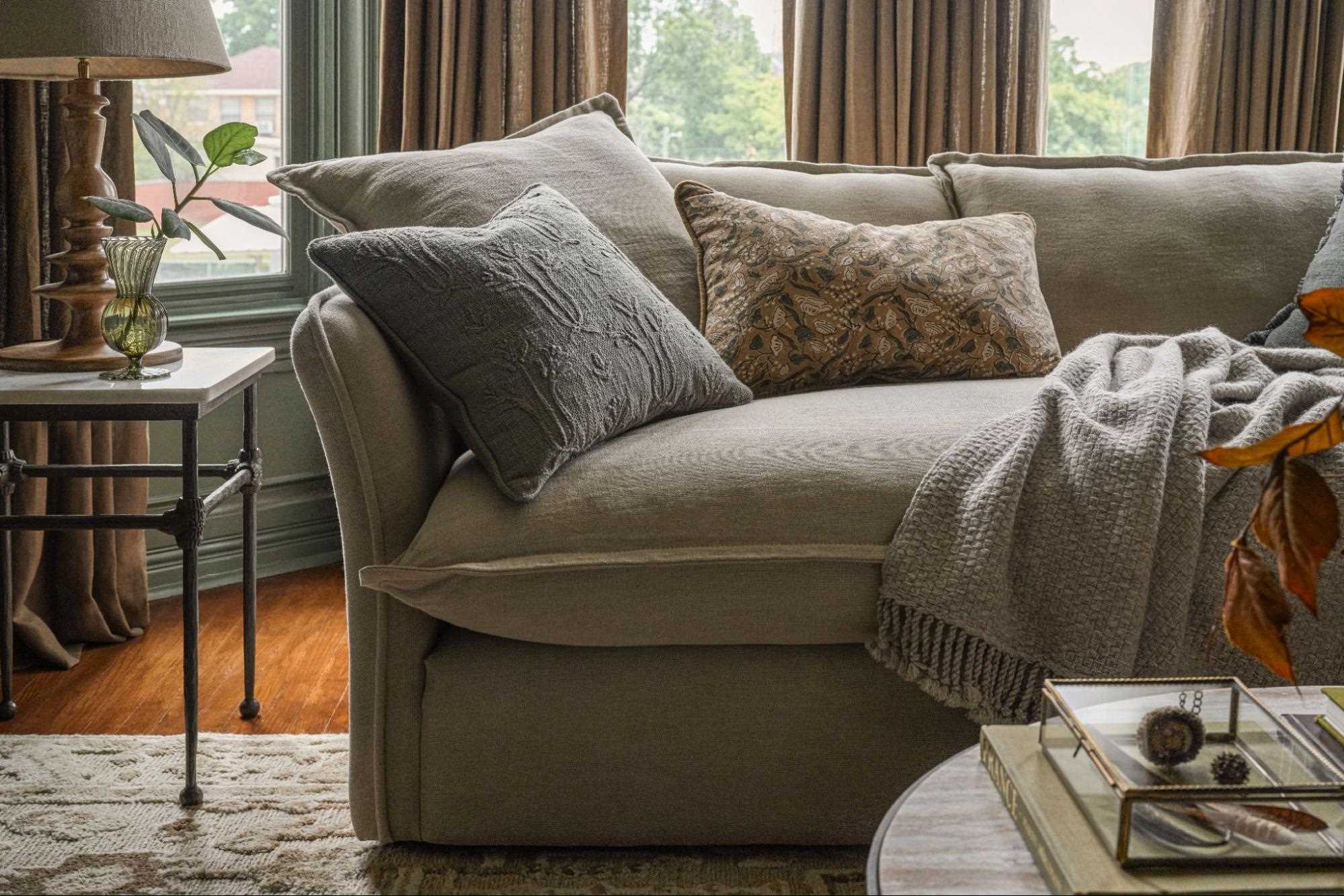
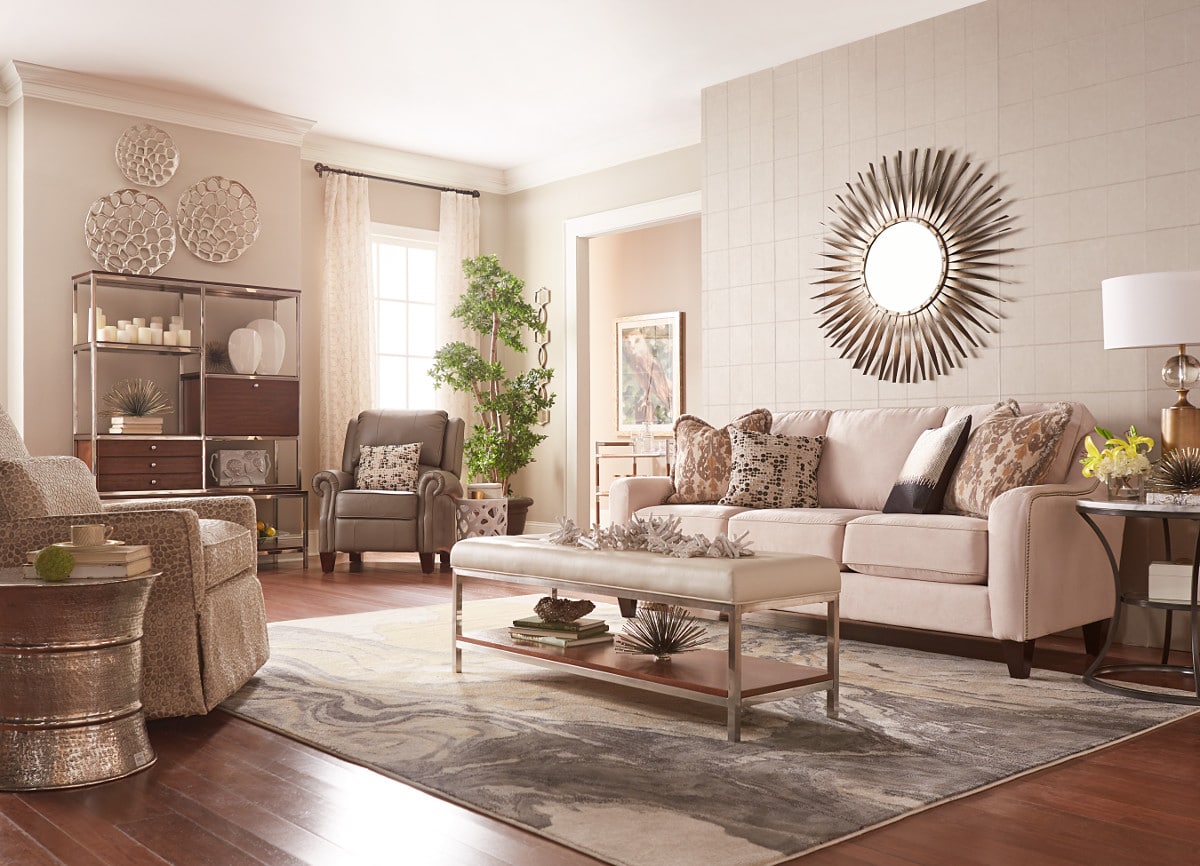
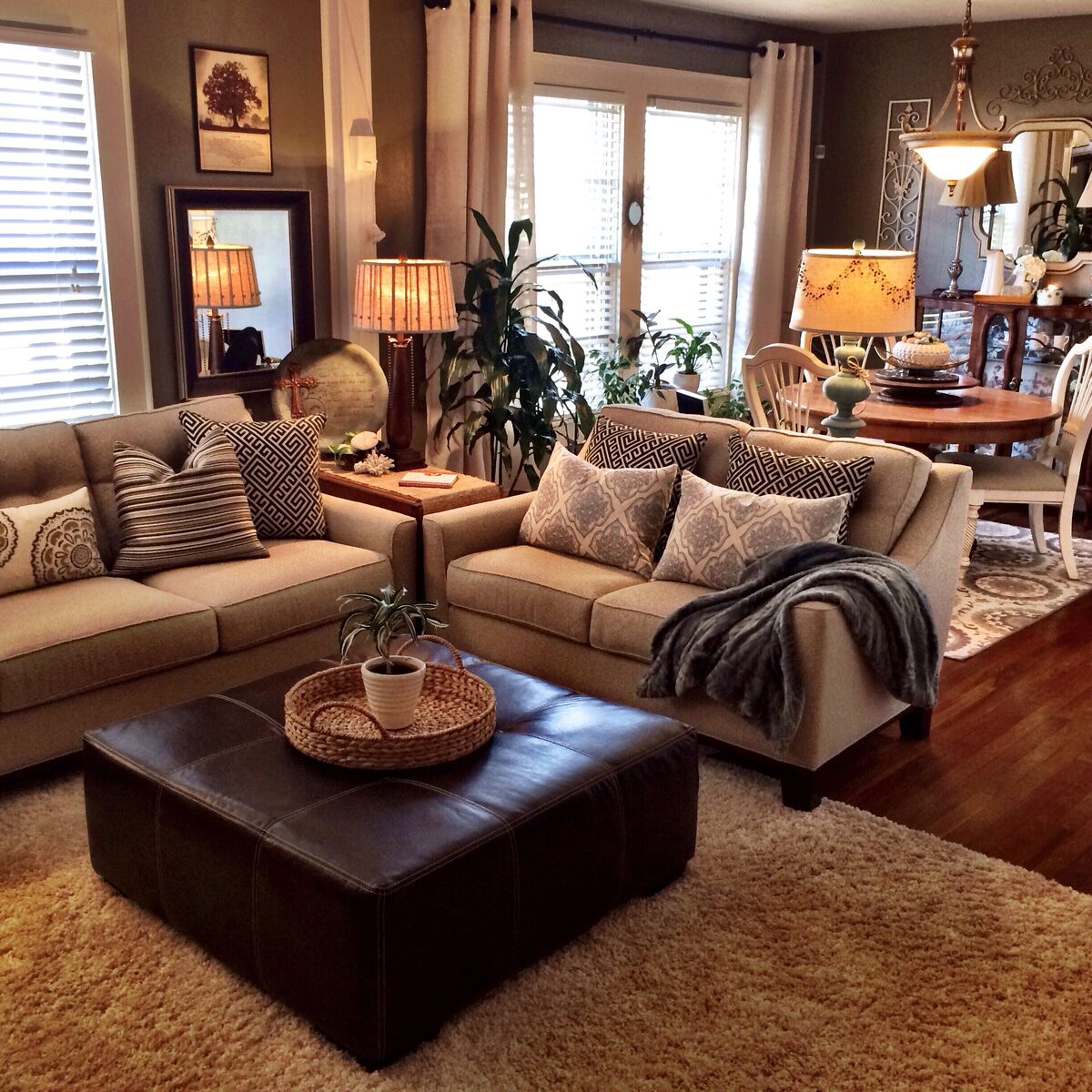
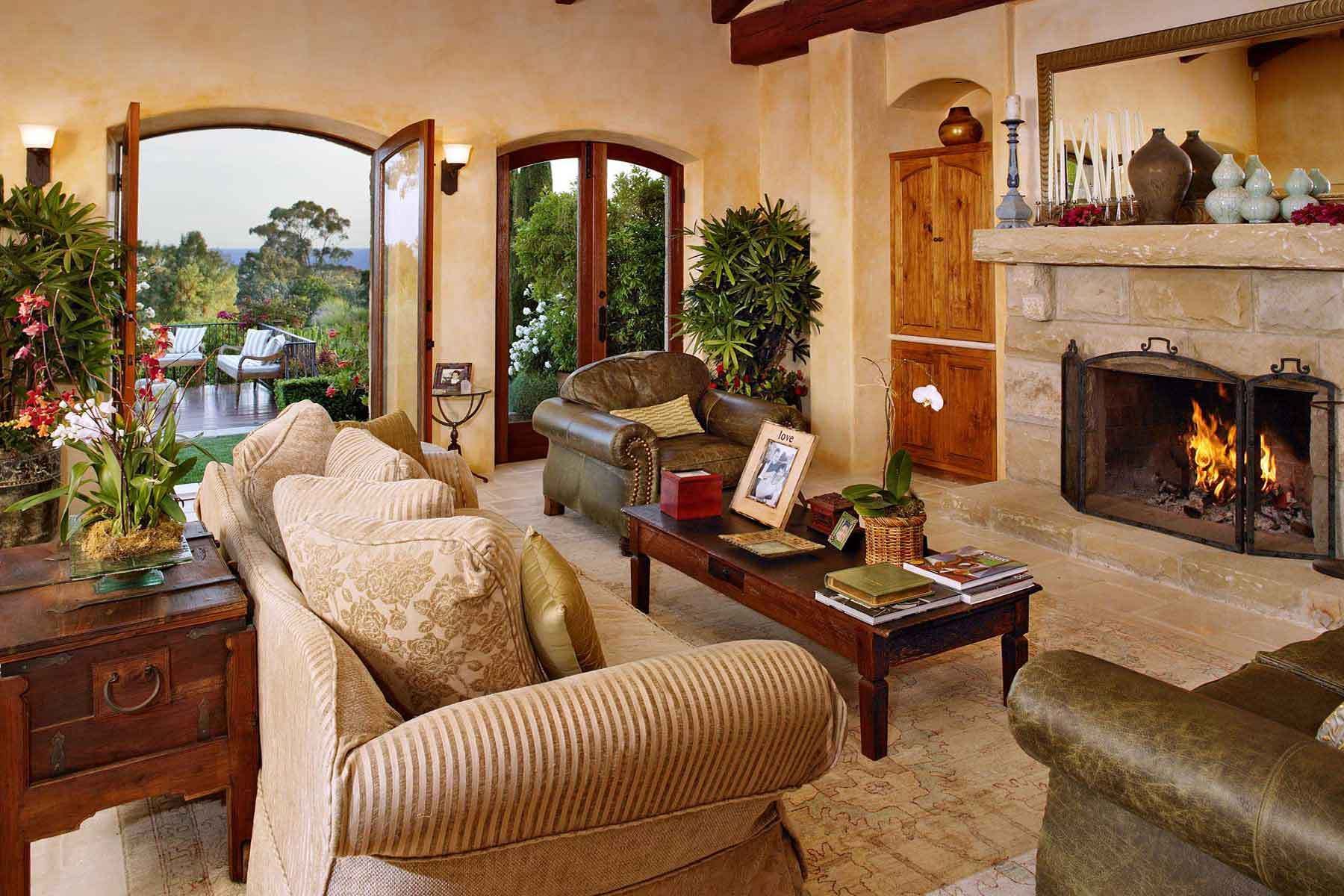

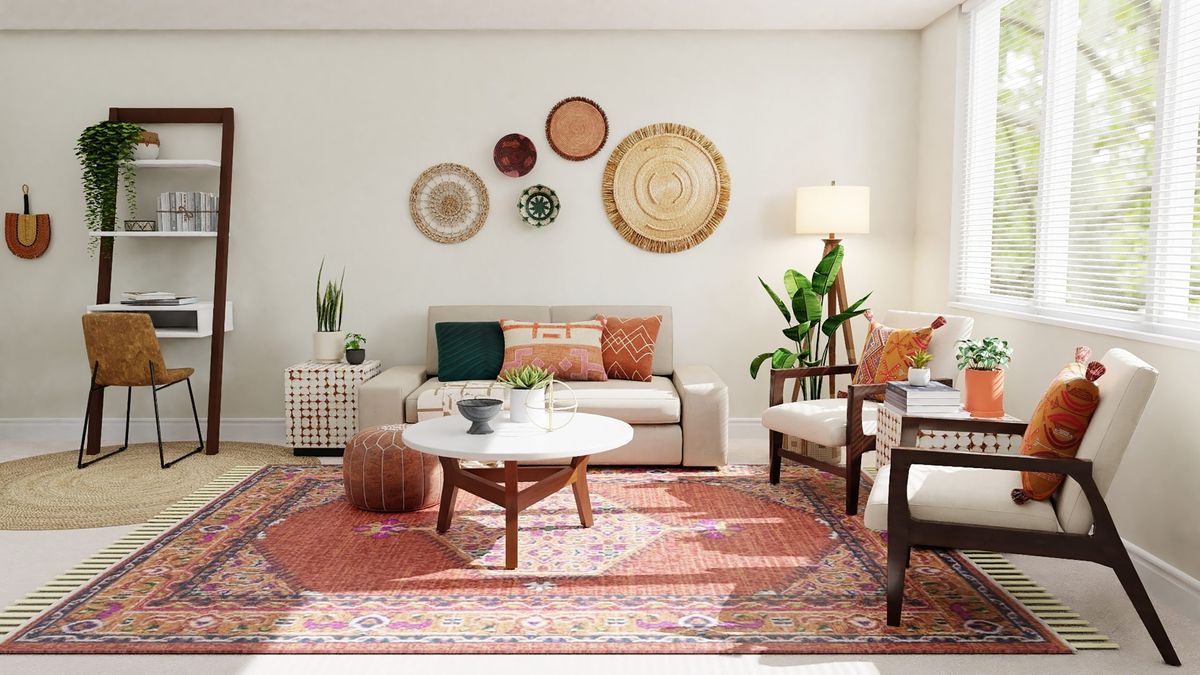
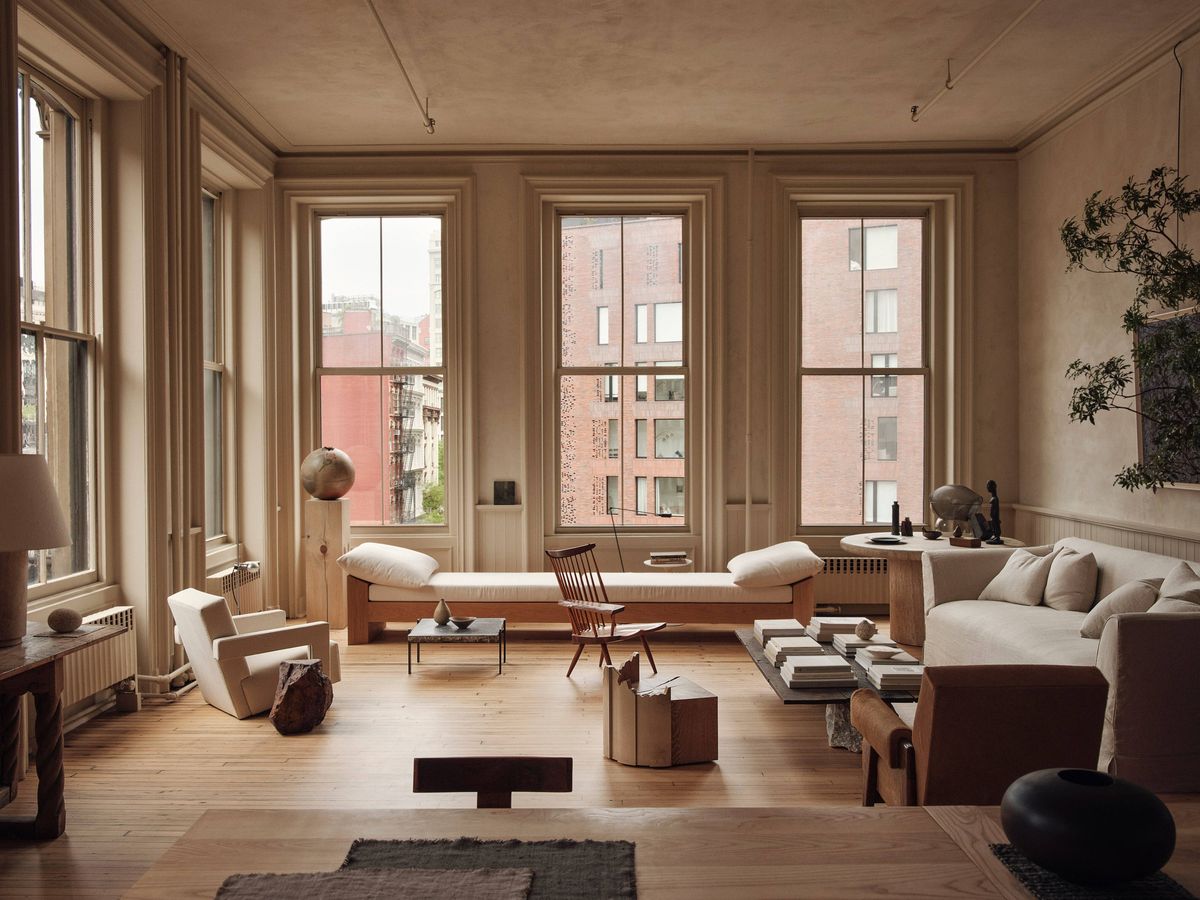
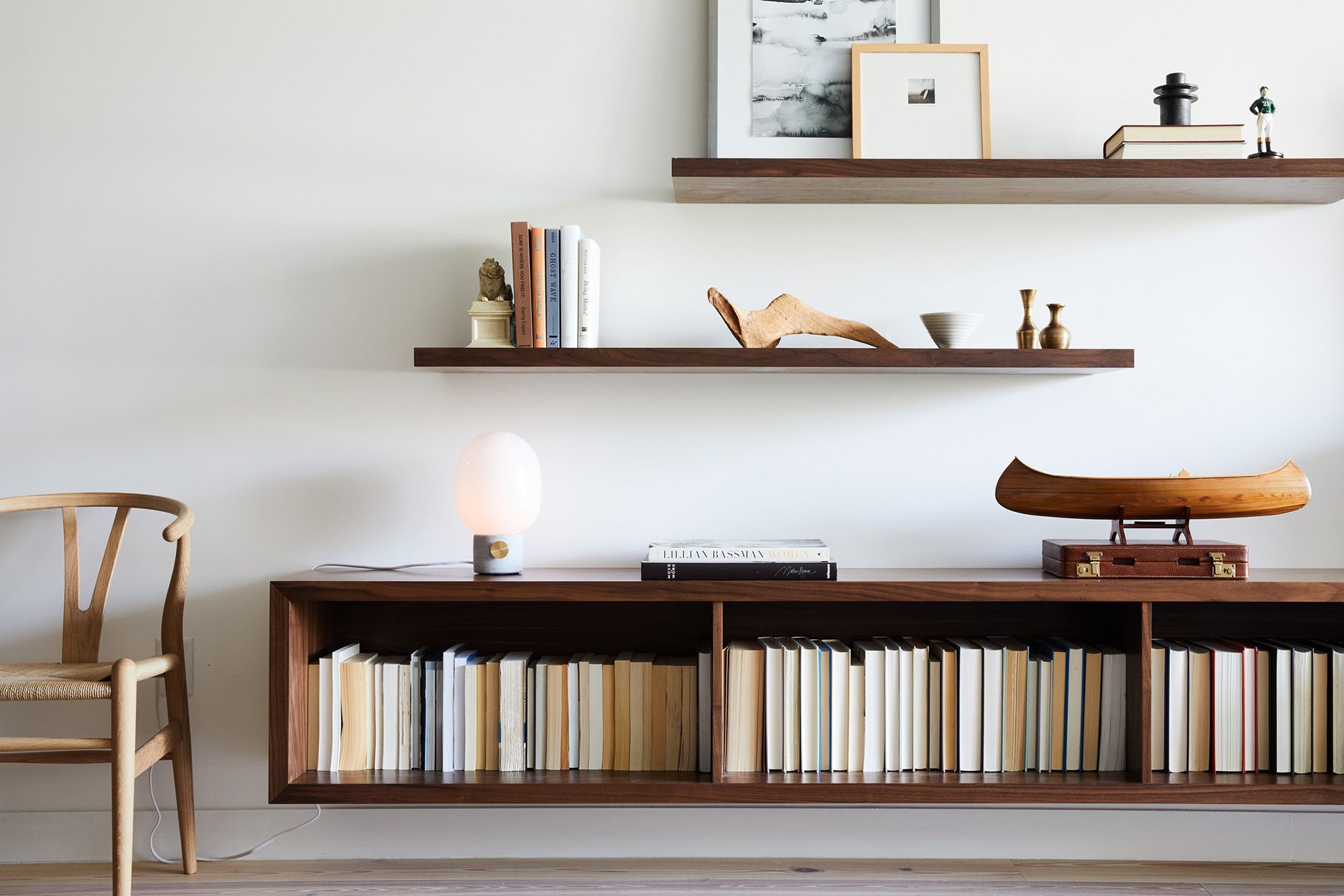

0 thoughts on “How To Plan Your Home Decor”